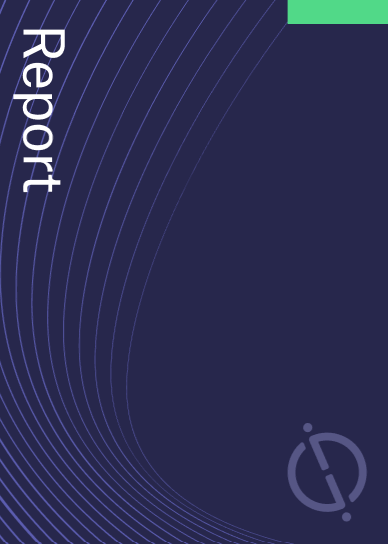Biogen has been granted a patent for a cell culture medium that includes copper as a supplement to control the glycosylation of recombinant proteins. The patent also covers a method for manipulating the glycosylation of a specific recombinant protein in large-scale cell cultures. The method involves culturing host cells in a cell culture containing a specific concentration of copper achieved through the addition of a yeast hydrolysate. GlobalData’s report on Biogen gives a 360-degree view of the company including its patenting strategy. Buy the report here.

Discover B2B Marketing That Performs
Combine business intelligence and editorial excellence to reach engaged professionals across 36 leading media platforms.
According to GlobalData’s company profile on Biogen, Personalized cancer vaccines was a key innovation area identified from patents. Biogen's grant share as of September 2023 was 42%. Grant share is based on the ratio of number of grants to total number of patents.
Patent granted for controlling glycosylation of recombinant protein using copper
A recently granted patent (Publication Number: US11753668B2) describes a method for achieving a predetermined galactosylation profile of an anti-a4-integrin antibody. The method involves culturing host cells that produce the antibody in a cell culture containing a specific concentration of copper. The target copper concentration range in the cell culture is between 20 nM and 50 nM at day 0 of the culturing. This target range is achieved by supplementing the cell culture with a yeast hydrolysate that contains copper.
If the copper concentration in the cell culture falls below the target range, the method allows for the supplementation of additional copper. The culturing process typically lasts between 1 day and 30 days. At day 11 of the culturing, the target copper concentration range transitions to between 200 nM and 500 nM.
The yeast hydrolysate used to supplement the cell culture contains copper (II) sulfate. The target copper concentration can be achieved with a single dose of the yeast hydrolysate, and it can be maintained through a feedback loop. The copper concentration is constantly monitored and adjusted to stay within the target range.
The host cells used in the method are eukaryotic, specifically mammalian cells. Examples of mammalian host cells include CHO cells, HEK cells, NSO cells, PER.C6 cells, 293 cells, HeLa cells, and MDCK cells.
The patent also mentions that the copper concentration can affect the levels of isoform variants of the anti-a4-integrin antibody. The specific antibody mentioned in the patent is natalizumab.
The cell culture used in the method can have a volume of at least 500 liters, but it can also range from 1,000 liters to 30,000 liters.
Overall, this patent describes a method for controlling the galactosylation profile of an anti-a4-integrin antibody by manipulating the copper concentration in the cell culture. This method can be applied to various mammalian host cells and has potential applications in the production of specific antibody isoform variants, such as natalizumab.
To know more about GlobalData’s detailed insights on Biogen, buy the report here.
Data Insights
From

The gold standard of business intelligence.
Blending expert knowledge with cutting-edge technology, GlobalData’s unrivalled proprietary data will enable you to decode what’s happening in your market. You can make better informed decisions and gain a future-proof advantage over your competitors.




